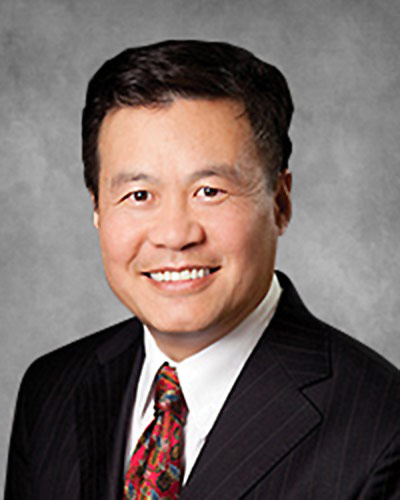
Our Founder
I graduated from Medical School in 1988. It was a time where clinical exam and judgment reigned supreme as MRI scanners were new, the human genome project had not started and the internet was fledging. We were not allowed to use calculators in exams and were forced to memorize a myriad of potential drug-drug interactions for fear that we would harm a patient if we were not well versed. It was a time of highly skilled clinicians that used insight and clinical judgment to treat patients.
A few years after this I was struck by an event that I thought would never happen until it did and then realized the world had changed. In 1996 IBM’ computer algorithm (Deep Blue) successfully defeated the undisputed world chess Champion on the world stage (Garry Kasparov). While I was incredulous to begin with, I started to realize that my doubt about the feasibility in accomplishing this feat was more rooted in my sense of existential anxiety. That is to say….if a computer program can beat Kasparov at Chess, why can’t they develop an algorithm to beat the very best doctors (or at least me) at treating disease as a Doctor? Had I really just wasted 13 years of training?